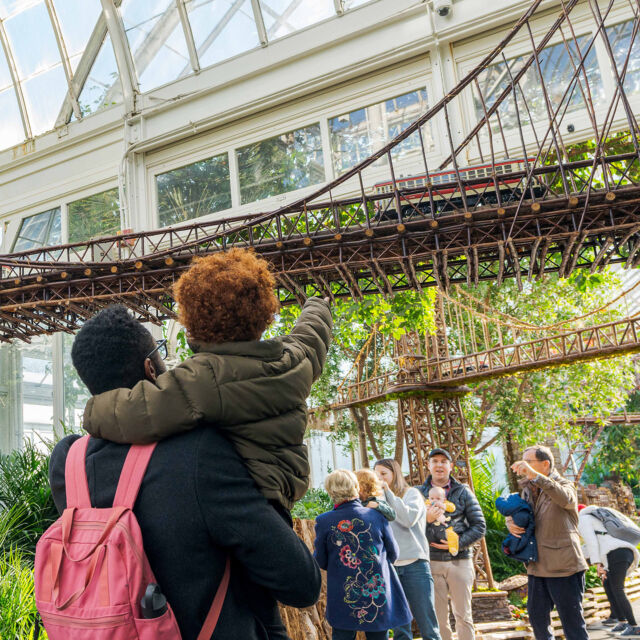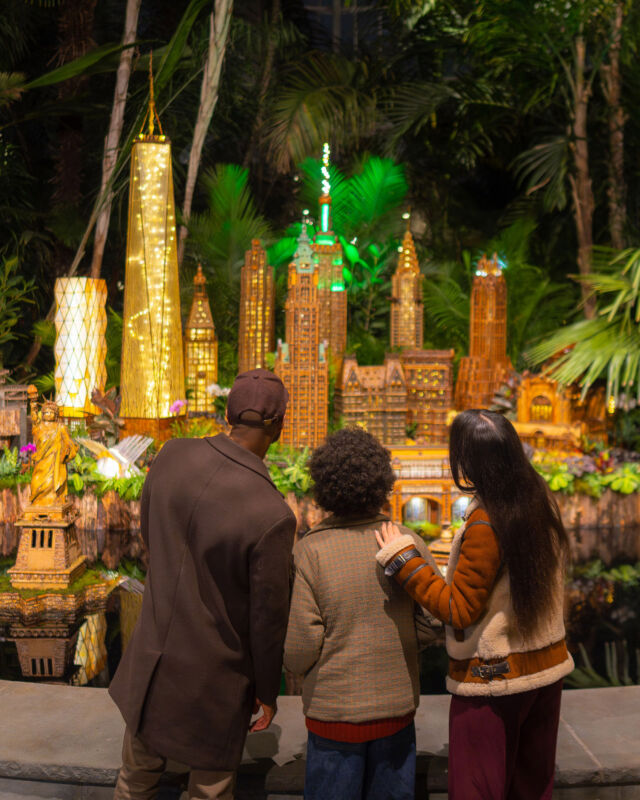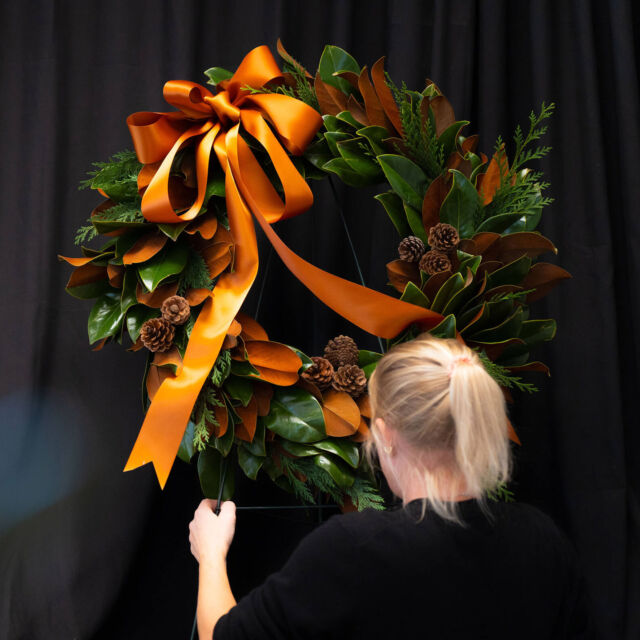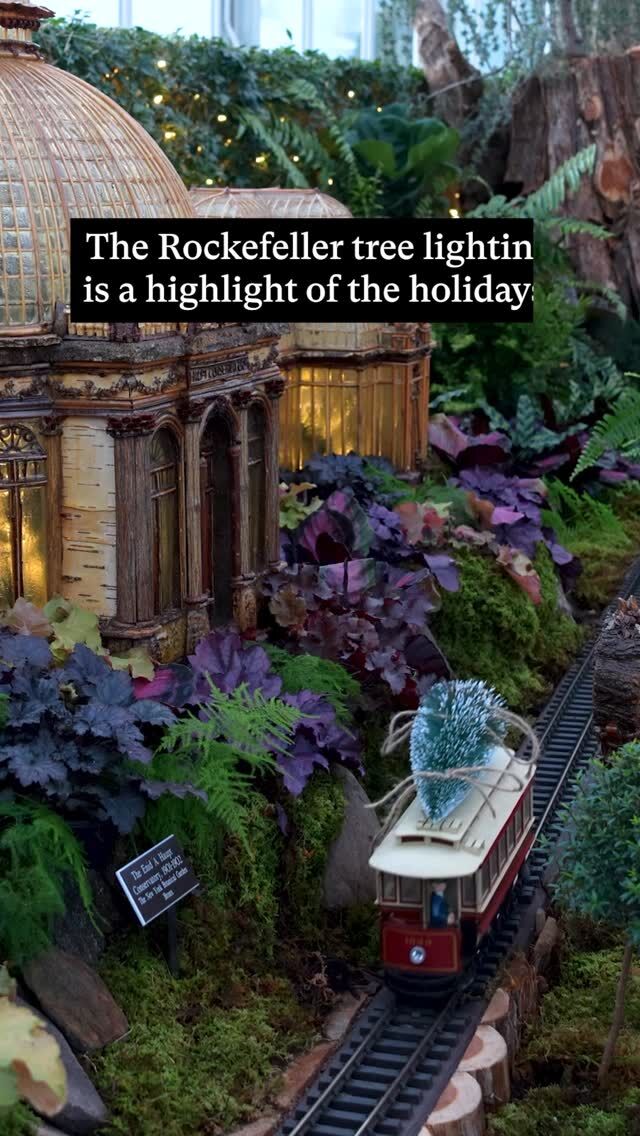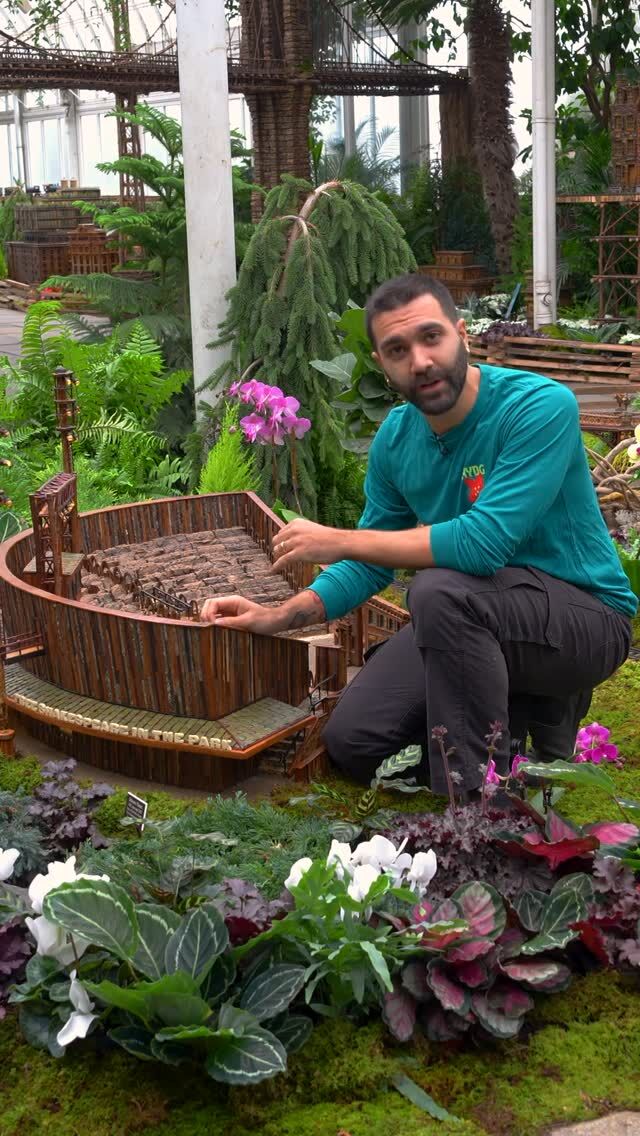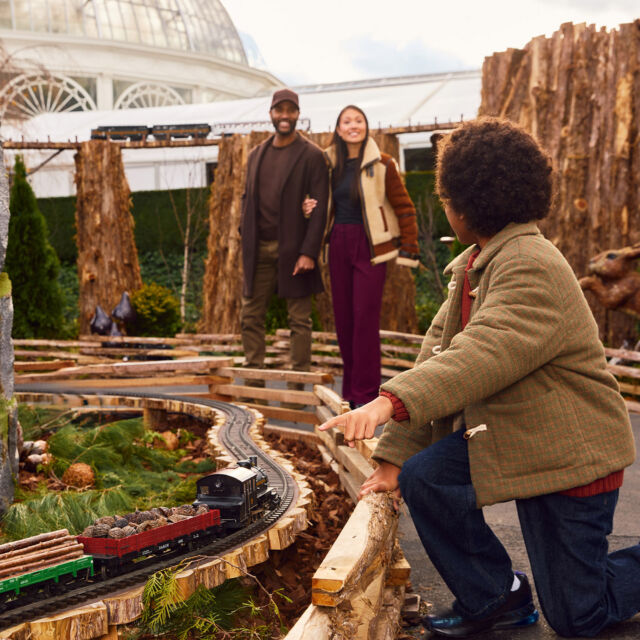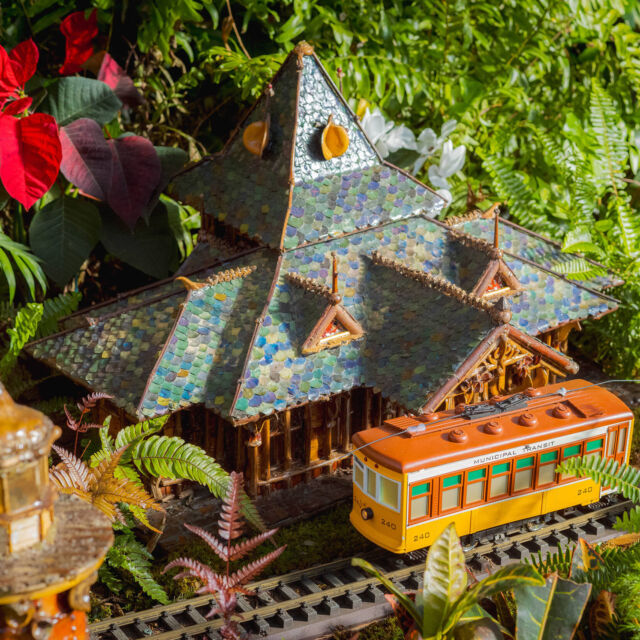Remembering Thomas E. Lovejoy and Edward O. Wilson
Brian M. Boom, Ph.D., is a Curator Emeritus at The New York Botanical Garden.
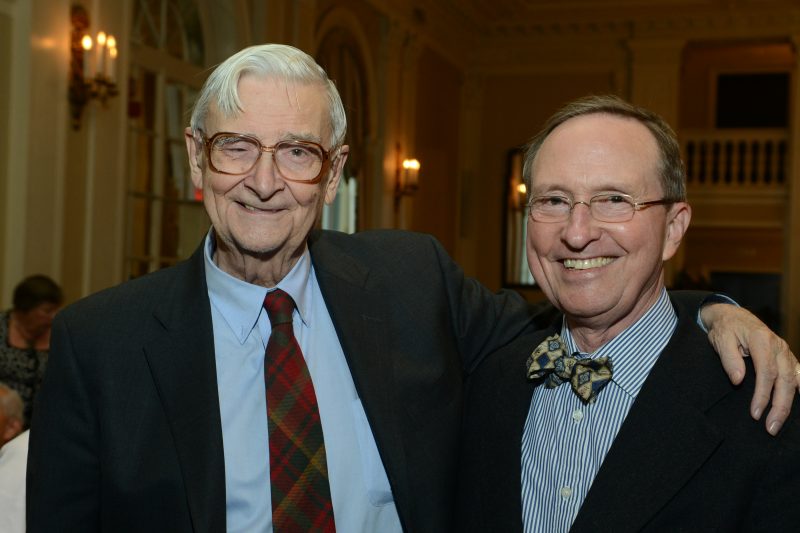
Edward O. Wilson and Thomas E. Lovejoy
This past weekend, two world-renowned biologists who were stalwart advocates for scientific research, biodiversity collections, and plant conservation at The New York Botanical Garden (NYBG) for more than a quarter century passed away—Thomas E. Lovejoy, Ph.D., on December 25 and Edward O. Wilson, Ph.D., on December 26. Their long, storied careers on the international stage have been reviewed in obituaries in The Washington Post for Dr. Lovejoy and The New York Times for Dr. Wilson. These scientists’ substantial roles on behalf of NYBG are equally distinguished, and I was honored to witness the ways they supported the Botanical Garden throughout this entire era. For me, Tom and Ed were colleagues, friends, and heroes.
I first learned about Tom Lovejoy in 1980 shortly after I had arrived at NYBG as a beginning graduate student in the joint Ph.D. program with The City University of New York. My academic advisor, Scott Mori, Ph.D., showed me a letter from a Dr. Thomas Lovejoy of the World Wildlife Fund with the news that NYBG had been awarded a grant to conduct a plant conservation project in the endangered Atlantic coastal forest region of Bahia, Brazil. Scott asked me if I was interested in working as an assistant on the project. Of course, my answer was an emphatic “yes.” We completed the field work and published the results in NYBG’s journal Botanical Review, laying the groundwork for a sustained program of research and conservation in the Atlantic coastal forest, a Biodiversity Hotspot, that was developed and carried out under the leadership of NYBG’s Wayt Thomas, Ph.D.
Thanks in large part to the collaboration that Tom Lovejoy forged with Ghillean T. Prance, Ph.D., then Senior Vice President for Science, Tom’s involvement with NYBG escalated substantially, leading to his election in 1986 to the Board of Trustees, on which he served for 35 years. In addition to his advisory role at the Board level, he maintained a professional relationship with me and various botanists at NYBG in the 1980s by recruiting and securing funding for us to collect, study, and publish on plants as part of the massive ecological project in central Amazonian Brazil that he had created, which came to be known as the Biological Dynamics of Forest Fragments project.
In 1993, Tom joined NYBG’s Plant Research and Conservation Advisory Council, from which vantage point he was able to help guide NYBG’s scientific and conservation infrastructure projects and programs during a period of rapid growth and development under the leadership of President & CEO Gregory Long. The Board, my scientific colleagues, and I benefited on many occasions from Tom’s wise counsel and extensive network of contacts. To acknowledge Tom’s extraordinary contributions to the Garden for so many years, he was awarded the Gold Medal, NYBG’s highest honor, in 2014.
I first met Ed Wilson in 1992 shortly after he published his landmark book The Diversity of Life and I was NYBG’s Vice President for Botanical Science. Gregory Long wanted to meet Dr. Wilson to garner wisdom from him and perhaps persuade him to accept a Board position at NYBG. A meeting was arranged, and Gregory and I flew to Boston for a day-long visit with Dr. Wilson in his Harvard University office in Cambridge. He could not have been more helpful, and later that year he agreed to join NYBG’s Board of Trustees, serving until 1998, at which point he became a Distinguished Counsellor to the Board. Despite his busy lecturing and writing schedule, Dr. Wilson found time to advise the Board and members of the Garden’s scientific staff on many programmatic innovations to emerge from the Garden’s strategic planning process, such as the creation of the Lewis B. and Dorothy Cullman Program for Molecular Systematics and the Plant Genomics Consortium. In 2002, in recognition of his extraordinary contributions to the Garden, he was awarded the Gold Medal.
Over subsequent years, Ed continued consulting with NYBG’s Board and gave lectures on behalf of NYBG to explain the significant role that the plant and fungal specimens in the William and Lynda Steere Herbarium and the scientific literature and archives in the LuEsther T. Mertz Library play in biodiversity studies. He also helped with our exhibitions’ programs, for example moderating a 2008 symposium in the Arthur and Janet Ross Lecture Hall during the show Darwin’s Garden: An Evolutionary Adventure.
One lecture stands out for me because it encapsulates how thoroughly Ed understood and could powerfully explain the role of NYBG in science and society. Speaking in 2014 at the Yale Club in New York City when Tom Lovejoy received the Gold Medal, Ed underscored that since the beginning of civilization, people have strived to understand the diversity of living forms around them. “Plants in particular, because of their vital importance and captivating beauty, are central to human life,” he said. “The modern botanical garden, of which The New York Botanical Garden is a premier example, is the most advanced form of institution devoted to them.”
More recently, in 2016, to Ed’s prodigious list of published books was added a pivotal title, Half-Earth: Our Planet’s Fight for Life, which, for me, most clearly led to a convergence with the writings of his colleague, Tom Lovejoy, on the relationship between the climate and biodiversity crises. Tom and Ed were longtime friends and met very often at NYBG events and elsewhere. Tom’s pivotal book titles, co-authored with Lee Hannah, are the 2005 volume Climate Change and Biodiversity and the 2019 sequel, Biodiversity and Climate Change. As evidence of this convergence of mind-sets, Ed contributed the foreword to Tom’s Biodiversity and Climate Change. I discussed these books and their thematic convergence and import in posts on NYBG’s blog Science Talk, Mitigating Global Warming: A Botanical Approach, Part 1 and Mitigating Global Warming: A Botanical Approach, Part 2.
Tom Lovejoy and Ed Wilson were remarkable biologists, educators, and visionaries. As we mourn their loss, we can celebrate their legacies, built by the perseverance, wisdom, and humanity that they brought to their environmental passions, and do them proud in how we at NYBG carry on their quest for a biodiverse, sustainable world.
SUBSCRIBE
Enter your email address to subscribe to this blog and receive updates on new posts.
